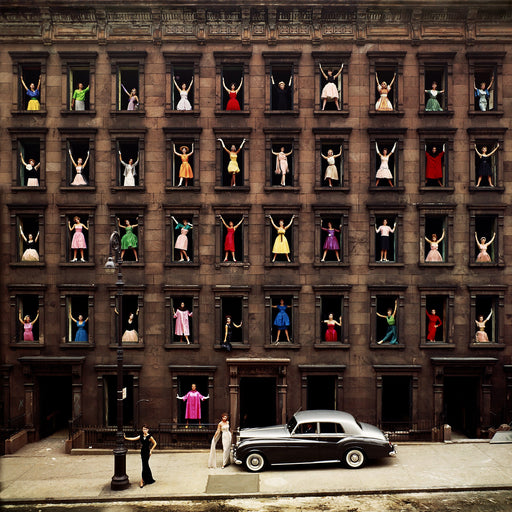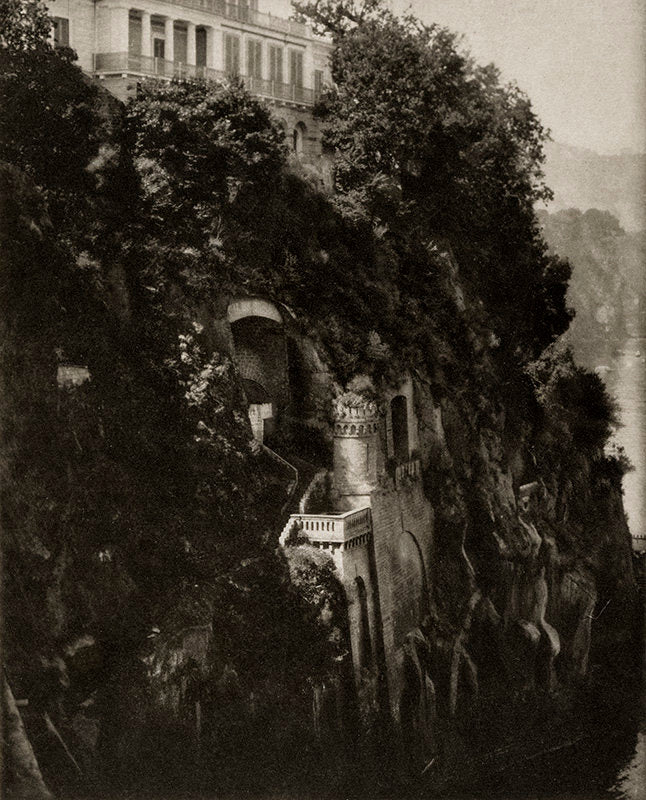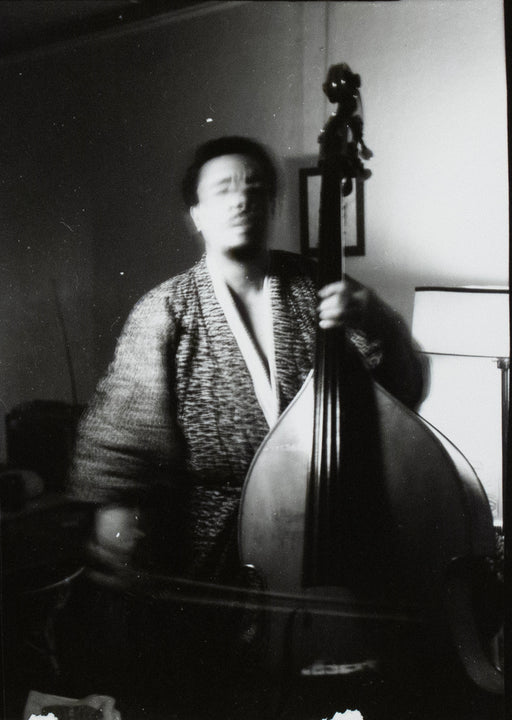

Karl Struss
Capri by Karl Struss
 Toronto, ON)
Toronto, ON)
Need help? Call or text us at (416) 639-1512.
Learn about our Shipping & Returns policy.
Have a question? Read our FAQ.
- Artwork Info
- About the Artist
- About this Photograph
-
1912
Photogravure
Published in Camera Work, April 1912, 38:49 -
Claiming to have taken up photography in "self-defense" after working ten hours a day in his father's bonnet-wire factory, Karl Struss (1886 - 1981) became a student of Clarence White at Columbia University. At the same time, he garnered the attention and praise of elder photographic statesman Alfred Stieglitz, who published Struss's work and selected twelve of his photographs for inclusion in the groundbreaking 1910 exhibition of Pictorialist photography at the Albright-Knox Gallery in Buffalo, New York.
An indefatigable experimenter, Struss perfected a multi-layered platinum printing process and at age twenty-two developed the Struss Pictorial Lens, which became the first soft-focus lens used in motion pictures. In 1914 he took over White's New York studio, specializing in portraits, advertising, and commercial work. With White he co-founded the Pictorial Photographers of America.
After giving up his studio to serve during World War I, Struss moved to Hollywood and became a cinematographer for Cecil B. DeMille and D.W. Griffith. In 1928 he received the first Academy Award (for cinematography for Sunrise). Struss worked on more than a hundred films before his retirement in 1970, including 1925's Ben Hurand Charlie Chaplin's Limelight and The Great Dictator.
Source: The J. Paul Getty Museum -
Already it’s possible to see the sensibility of not only a master photographer but also a future Academy Award-winning cinematographer. On display in this composition is a view that looks like it had been removed from a motion picture; a fairytale setting that looks almost as if its a film set rather than an actual place.
This photogravure was originally included in a copy of Issue No. 38, April 1912, of Camera Work, Alfred Stieglitz’s ground-breaking photography journal.





